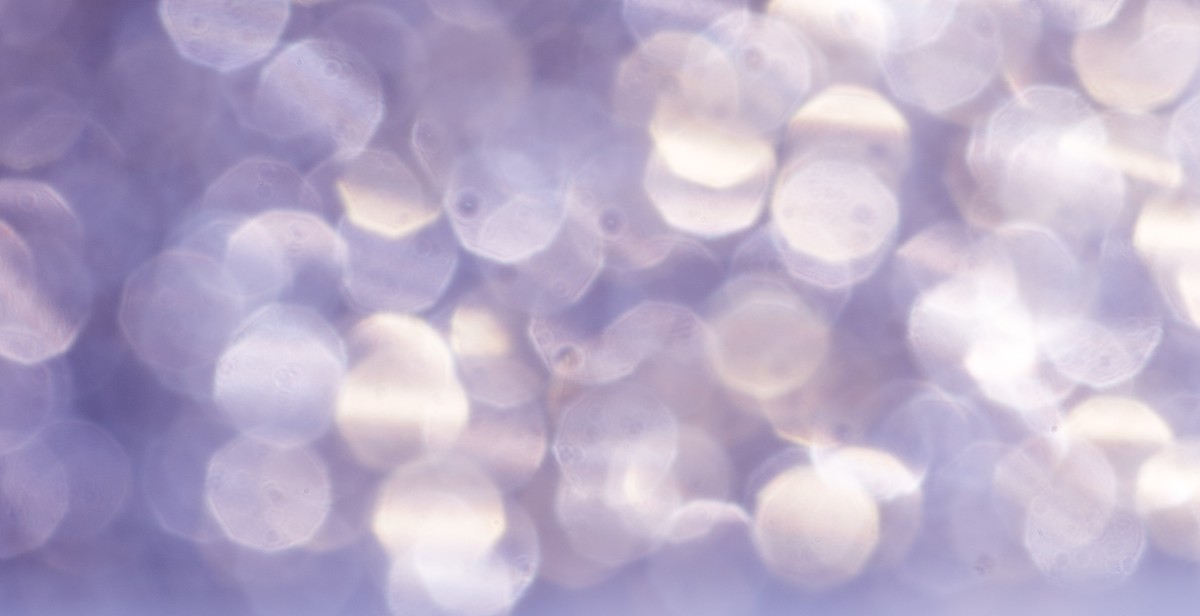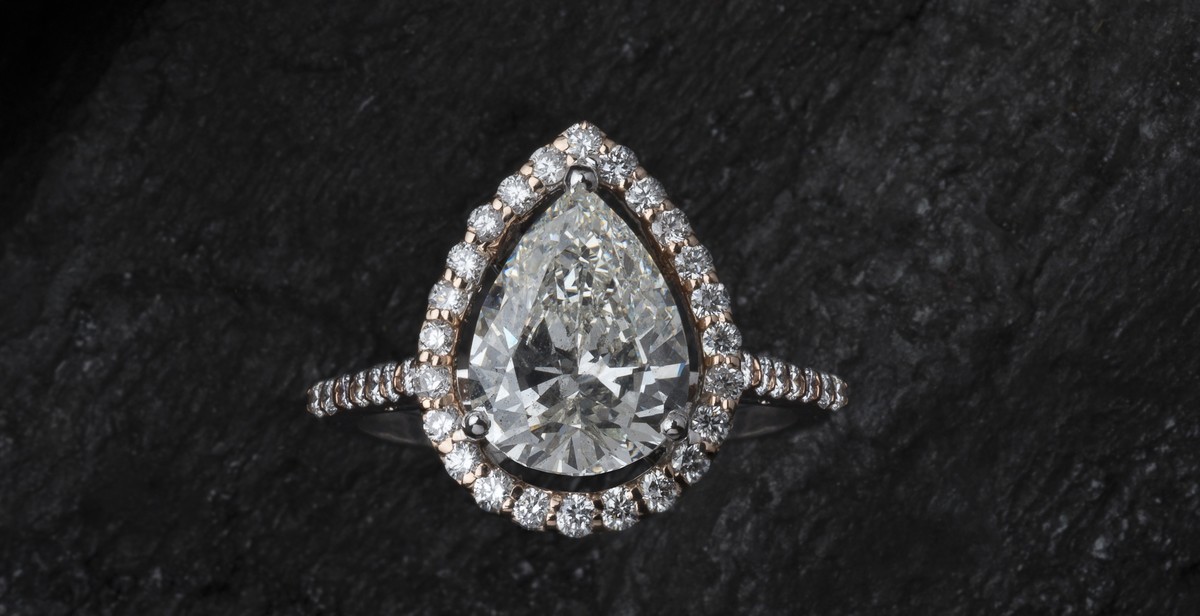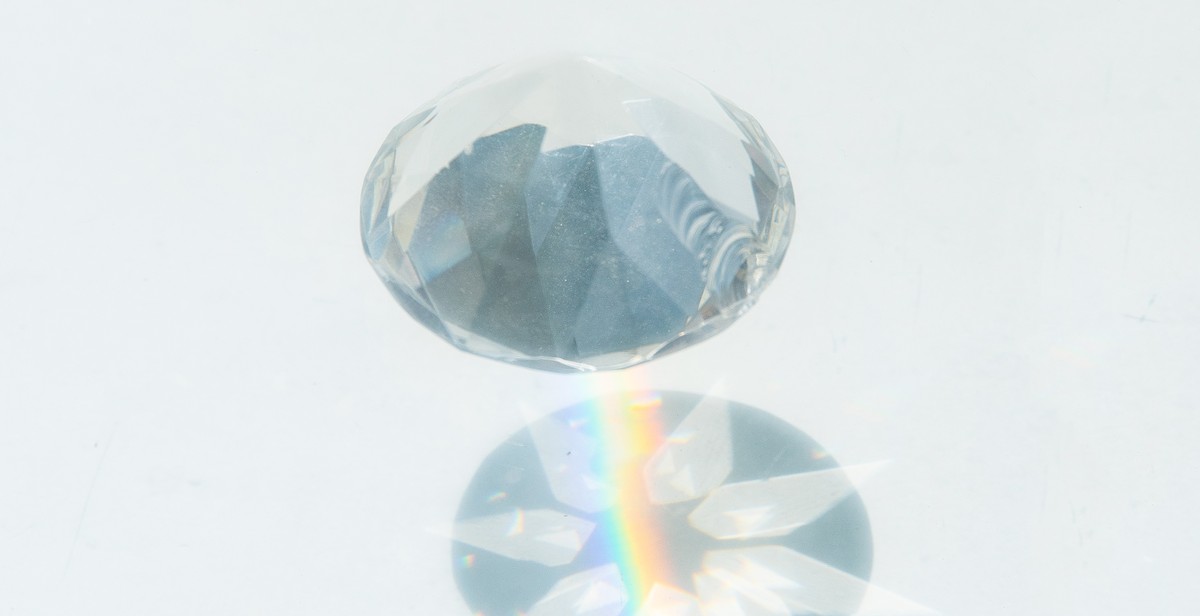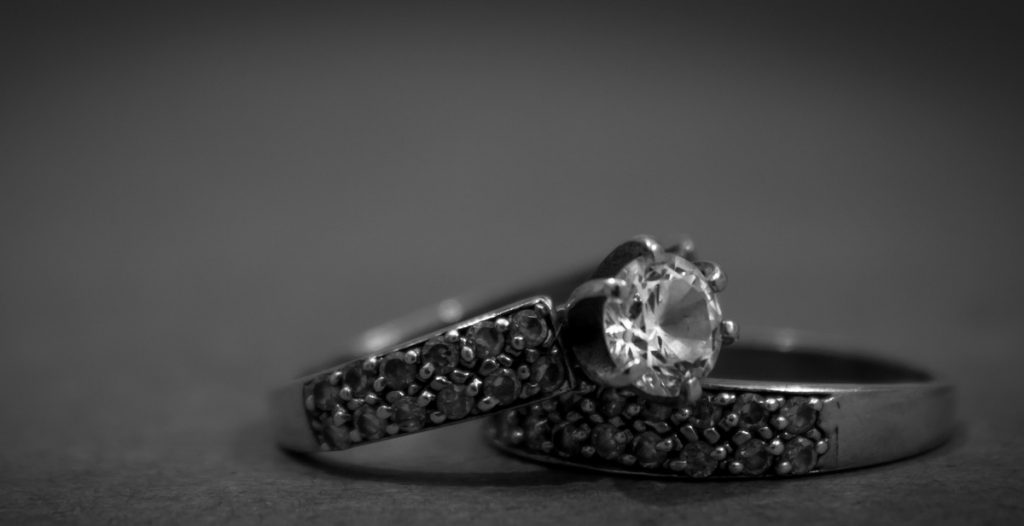Introduction: How can I tell if my diamond is real?
Diamonds are one of the most precious and sought-after gemstones in the world. They are used for engagement rings, wedding bands, and other jewelry pieces. However, with the increasing demand for diamonds, there has been an increase in the number of fake diamonds in the market. It can be difficult to tell the difference between a real diamond and a fake diamond, especially if you are not a professional jeweler.
In this article, we will discuss some of the most common ways to determine if your diamond is real or fake. We will also look at the various types of diamond tests that you can perform at home or with the help of a professional jeweler. By the end of this article, you will have a better understanding of how to tell if your diamond is real or fake.
Why is it important to know if your diamond is real?
Knowing whether your diamond is real or fake is important for several reasons. Firstly, if you have paid a significant amount of money for a diamond, you want to ensure that you have received a genuine product. Secondly, if you plan to sell your diamond in the future, it is essential to know its true value. Lastly, if you are purchasing a diamond, you want to make sure that you are getting what you paid for.
Now that we have established the importance of knowing if your diamond is real, let’s look at some of the ways to determine its authenticity.

Understanding the 4Cs of Diamonds
When it comes to determining whether a diamond is real or fake, one of the most important factors to consider is the 4Cs: Cut, Color, Clarity, and Carat. These four characteristics can help you determine the quality and value of a diamond, and can also help you identify whether a particular stone is authentic or not.
Cut
The cut of a diamond refers to the way in which the stone has been shaped and polished. A well-cut diamond will have a symmetrical shape and will reflect light in a way that enhances its brilliance and fire. The cut of a diamond is important because it can greatly affect the stone’s overall appearance and value. A poorly cut diamond will appear dull and lifeless, while a well-cut diamond will sparkle and shine.
Color
The color of a diamond is another important factor to consider. Most diamonds range in color from completely colorless to a light yellow or brown tint. The less color a diamond has, the more valuable it is considered to be. However, there are also some rare and valuable diamonds that have a natural color, such as pink or blue. These diamonds are known as fancy colored diamonds and can be worth a great deal of money.
Clarity
The clarity of a diamond refers to the number and size of any inclusions or blemishes that are present within the stone. Inclusions are internal flaws, while blemishes are external flaws. The fewer inclusions and blemishes a diamond has, the more valuable it is considered to be. However, it is important to note that some inclusions are not visible to the naked eye and will not affect the overall appearance of the stone.
Carat
The carat weight of a diamond refers to how much the stone weighs. One carat is equal to 0.2 grams. The larger the diamond, the more valuable it is considered to be. However, it is important to remember that a diamond’s value is not solely determined by its carat weight. The cut, color, and clarity of the stone are also important factors to consider.
Conclusion
Understanding the 4Cs of diamonds can help you determine the quality and value of a diamond, and can also help you identify whether a particular stone is real or fake. When evaluating a diamond, it is important to consider all four factors and not just focus on one. By taking the time to carefully evaluate the cut, color, clarity, and carat weight of a diamond, you can ensure that you are making an informed decision when purchasing or selling a diamond.

Testing the Authenticity of a Diamond
When it comes to testing the authenticity of a diamond, there are several methods you can use. Here are five common tests:
Visual Inspection
The first step in testing the authenticity of a diamond is to visually inspect it. Look at the diamond closely and check for any flaws or blemishes. A real diamond will have imperfections, while a fake diamond will appear perfect. You can use a magnifying glass or a jeweler’s loupe to get a closer look.
Fog Test
The fog test is a quick and easy way to determine if a diamond is real or fake. Simply breathe on the diamond, creating a small amount of condensation. If the diamond is real, the condensation will quickly dissipate. If the diamond is fake, the condensation will linger for a few seconds.
Heat Test
The heat test is another way to test the authenticity of a diamond. Hold the diamond with a pair of tweezers and heat it with a lighter for about 30 seconds. Then, drop the diamond into a glass of cold water. If the diamond is real, it will not be affected by the heat and cold. If the diamond is fake, it may crack or shatter.
Water Test
The water test is a simple way to test the authenticity of a diamond. Fill a glass with water and drop the diamond into the glass. If the diamond sinks to the bottom, it is real. If the diamond floats or is suspended in the water, it is fake.
UV Light Test
The UV light test is a more advanced way to test the authenticity of a diamond. Shine a UV light on the diamond and look for any fluorescence. A real diamond will not fluoresce, while a fake diamond may have a blue or yellow fluorescence.
Keep in mind that these tests are not foolproof and it’s always best to have a professional jeweler examine your diamond. However, using these tests can give you a good idea of whether your diamond is real or fake.

Getting a Professional Assessment
If you want to be absolutely certain about the authenticity of your diamond, getting a professional assessment is the best way to go. There are two primary ways to get a professional assessment of your diamond:
Certification and Appraisal
A certification is a document issued by an independent gemological laboratory that identifies the diamond and provides an assessment of its characteristics. The most respected gemological laboratories are the Gemological Institute of America (GIA) and the American Gem Society (AGS). A certification from one of these laboratories will give you a high degree of confidence in your diamond’s authenticity and quality.
An appraisal is a document that provides an estimate of the diamond’s value. An appraiser will evaluate the diamond’s size, color, clarity, and cut, as well as market conditions, to determine its value. An appraisal is typically required by insurance companies to insure your diamond.
Diamond Grading Reports
A diamond grading report is a detailed assessment of a diamond’s characteristics, including its 4Cs (carat weight, color, clarity, and cut), as well as any additional grading information. The most respected grading reports are issued by the Gemological Institute of America (GIA) and the International Gemological Institute (IGI).
When getting a professional assessment, be sure to choose a reputable appraiser or gemological laboratory. This will ensure that you receive an accurate assessment of your diamond’s authenticity and quality.
Overall, getting a professional assessment is an excellent way to gain peace of mind and ensure that your diamond is authentic and valuable.

